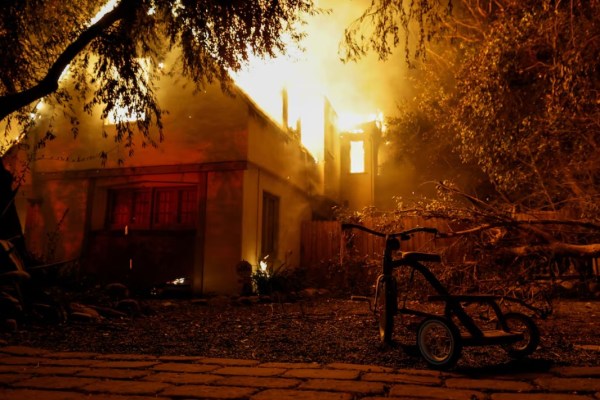
The recent fires in Los Angeles have revealed a deeper issue within the U.S. housing market: inflated home prices. As wildfires ravaged parts of California, the vulnerability of high-priced homes became apparent. Properties in areas at risk of natural disasters, such as fire zones, have seen value increases in recent years, but the fires are casting doubt on whether these prices are sustainable.
Experts argue that the soaring costs are not aligned with long-term value. A major concern is the overvaluation of homes in fire-prone regions, with prices having been driven up by speculation rather than fundamental demand. As the fires exposed the risks, potential buyers and investors are reconsidering their approach to purchasing in such high-risk areas.
Many property owners in these areas now face the dilemma of whether their homes are worth the investment, especially if insurance premiums rise or properties are left in danger. This shift in perception could lead to a correction in home prices, as the market adjusts to reflect more realistic values based on environmental risks and overall market stability.
The fires underscore the growing need for a more sustainable and cautious approach to housing prices. While natural disasters are difficult to predict, their impact on real estate values is undeniable, prompting experts to advise potential buyers to weigh the long-term risks of such properties. The Los Angeles fires, as tragic as they were, may ultimately serve as a turning point for the broader U.S. housing market, encouraging more responsible pricing practices in the face of unpredictable natural forces.

